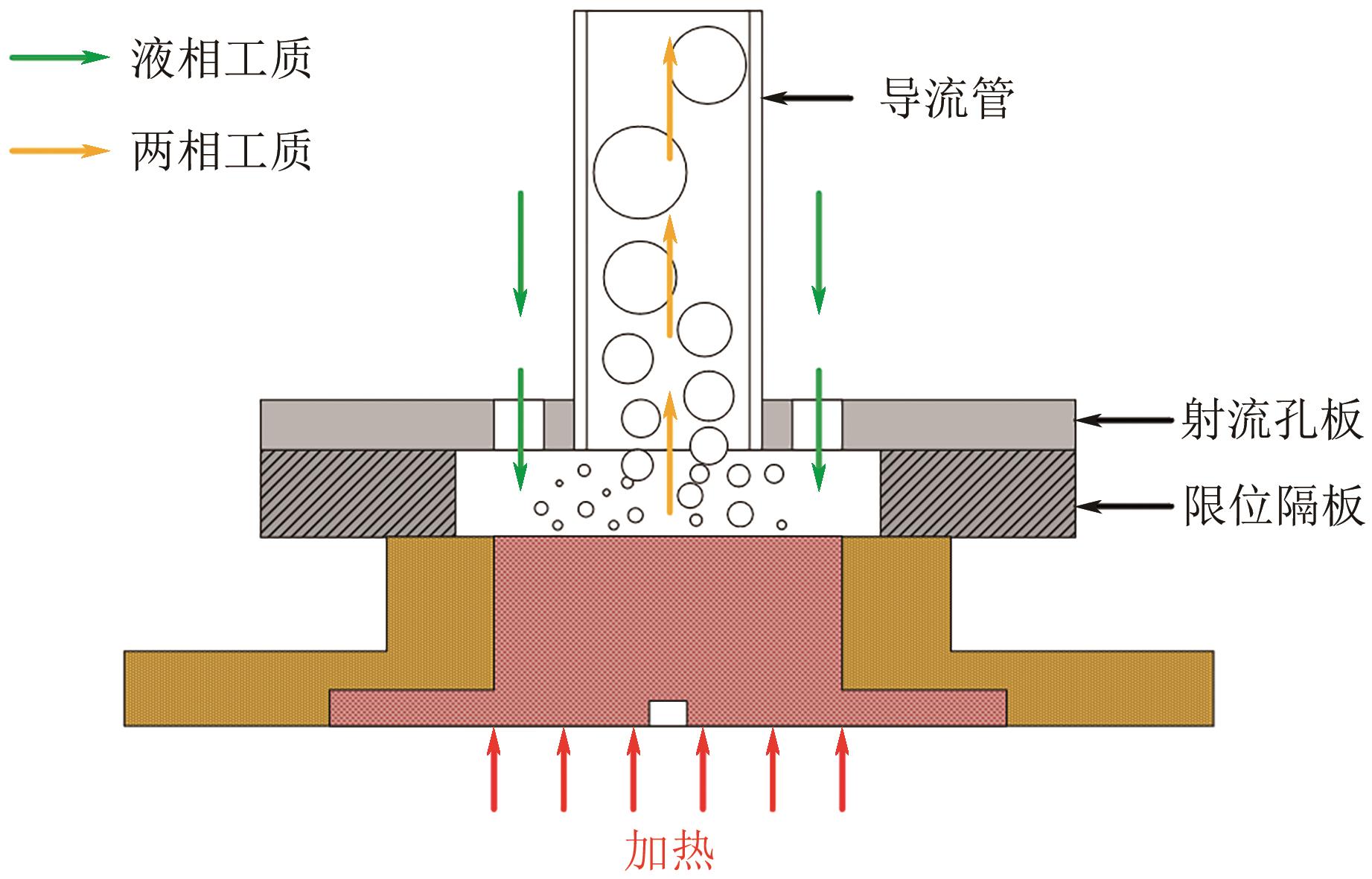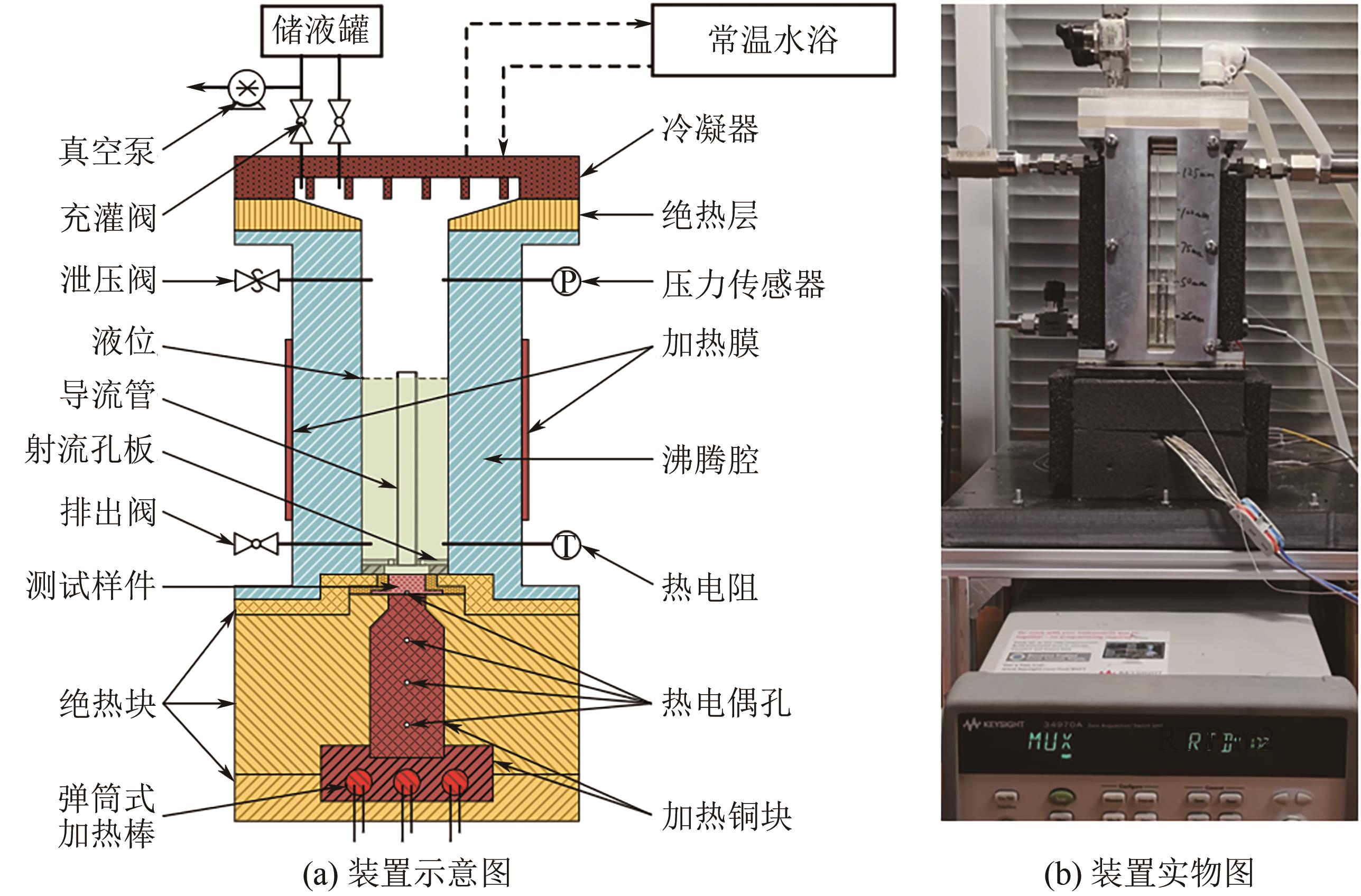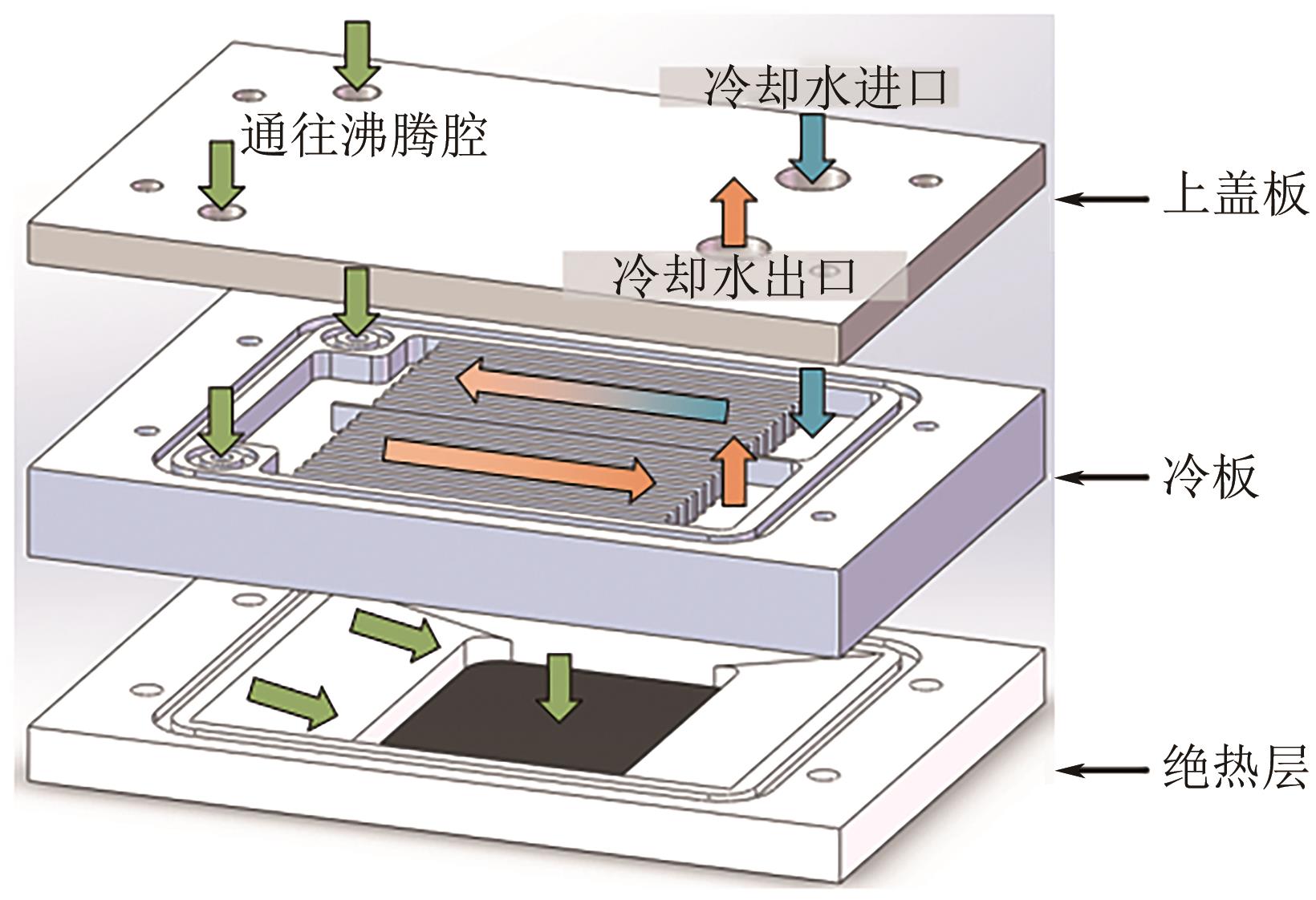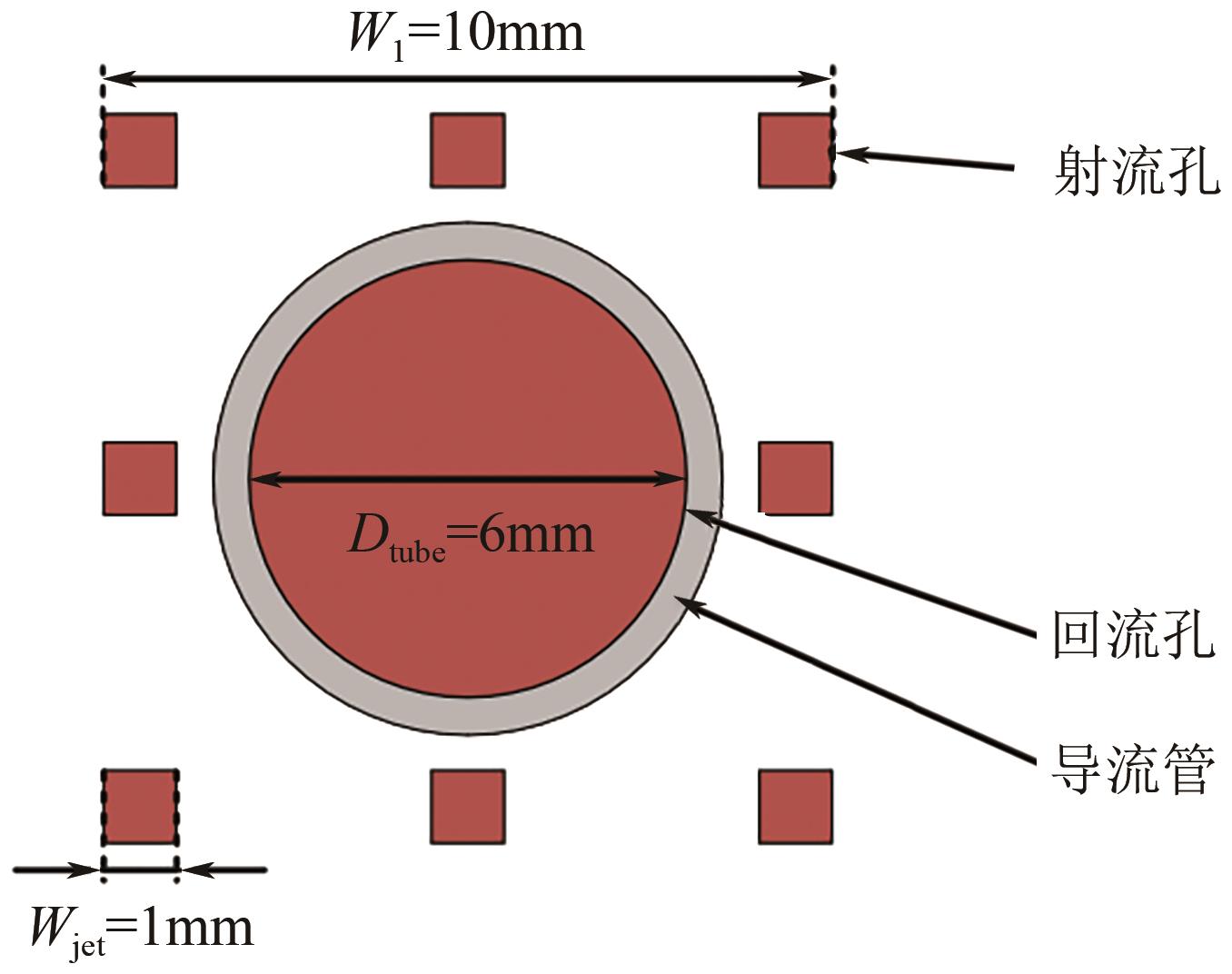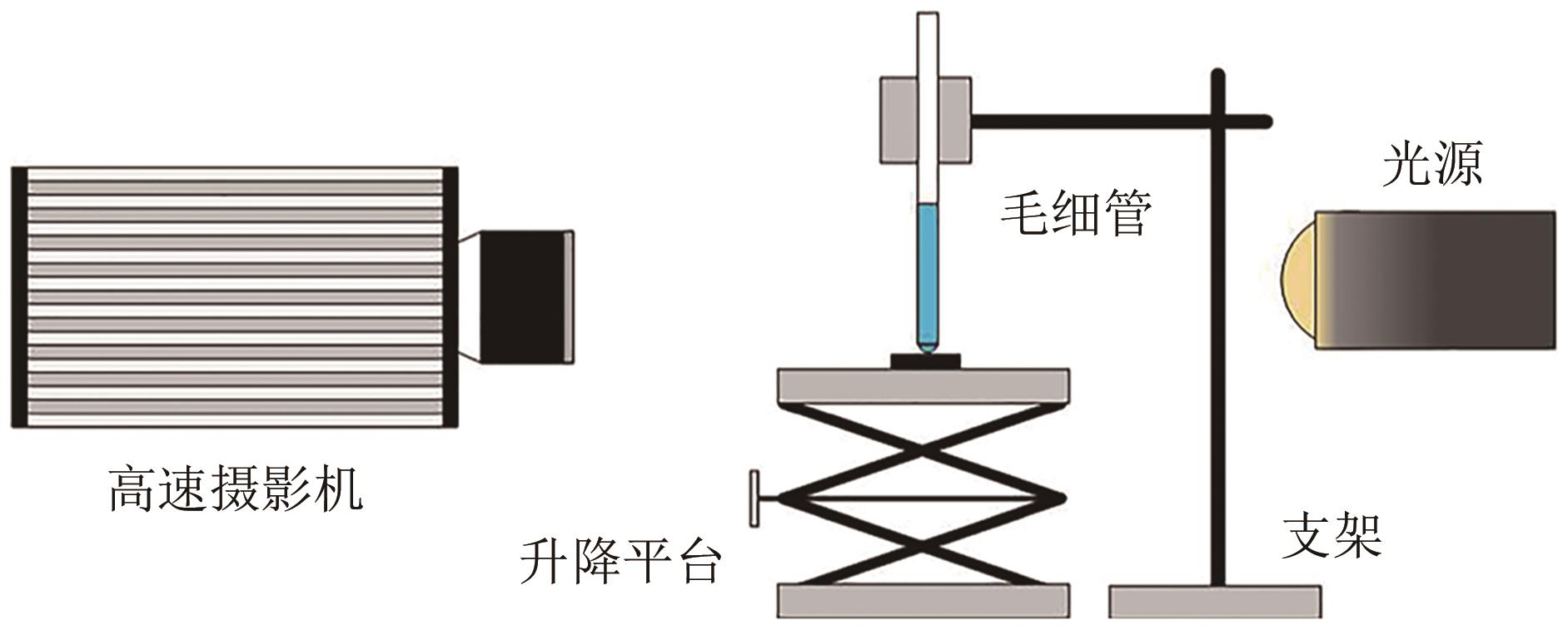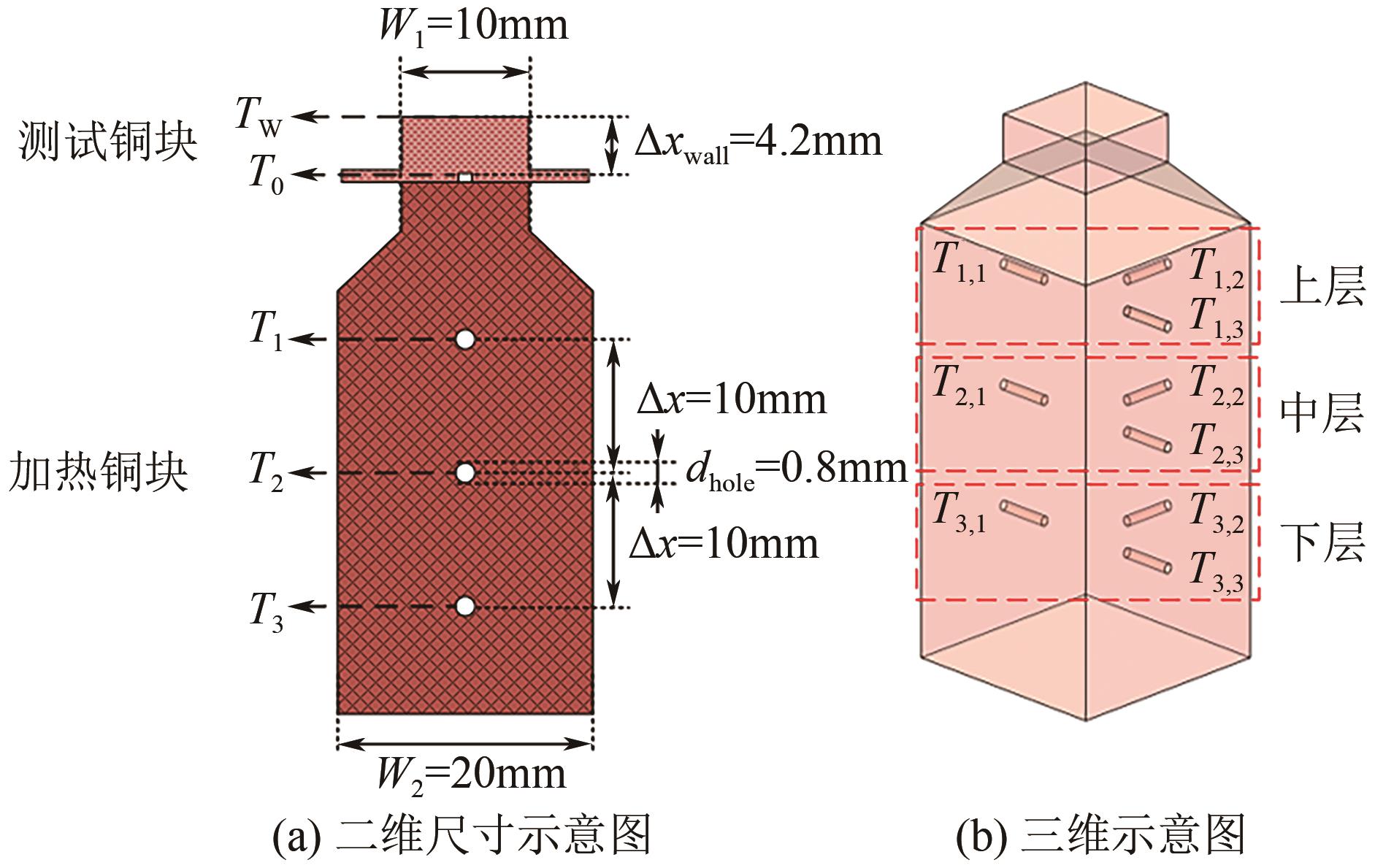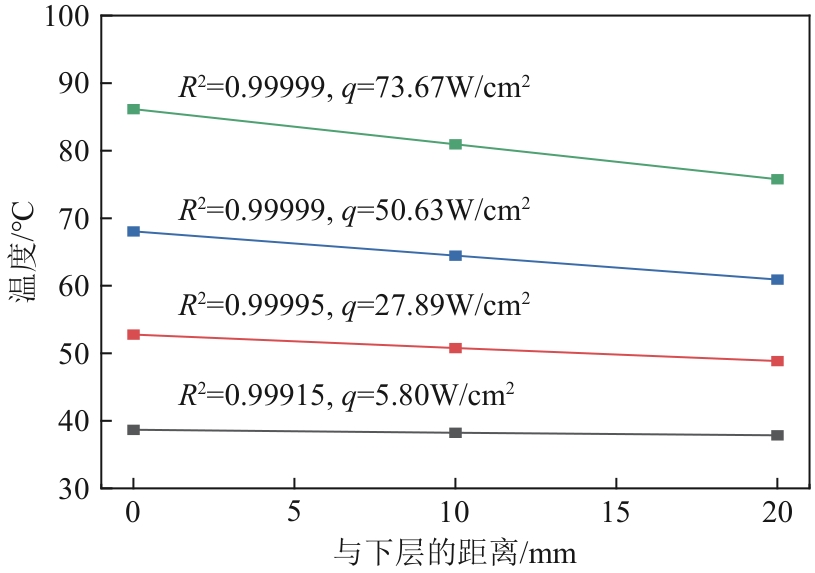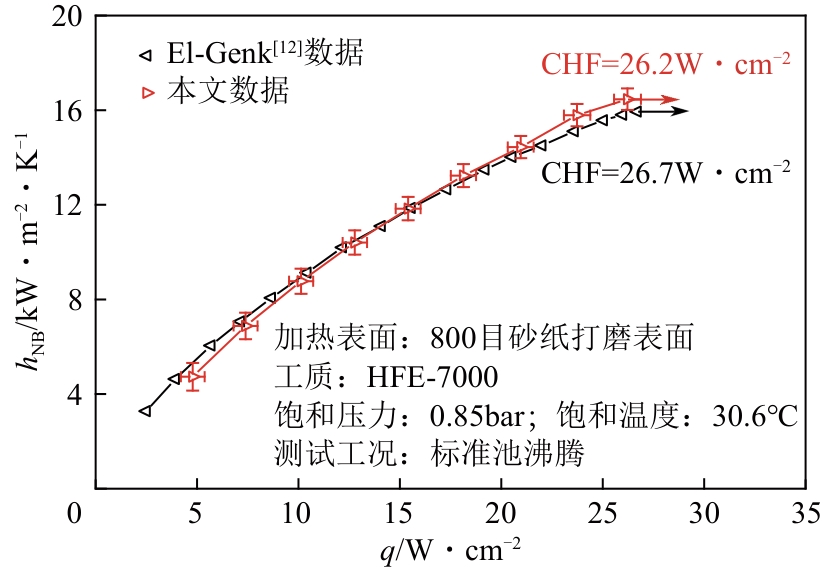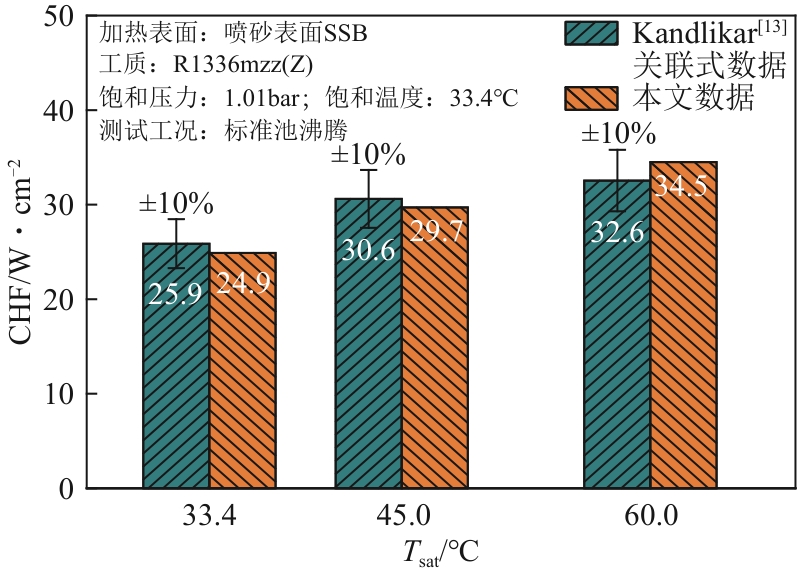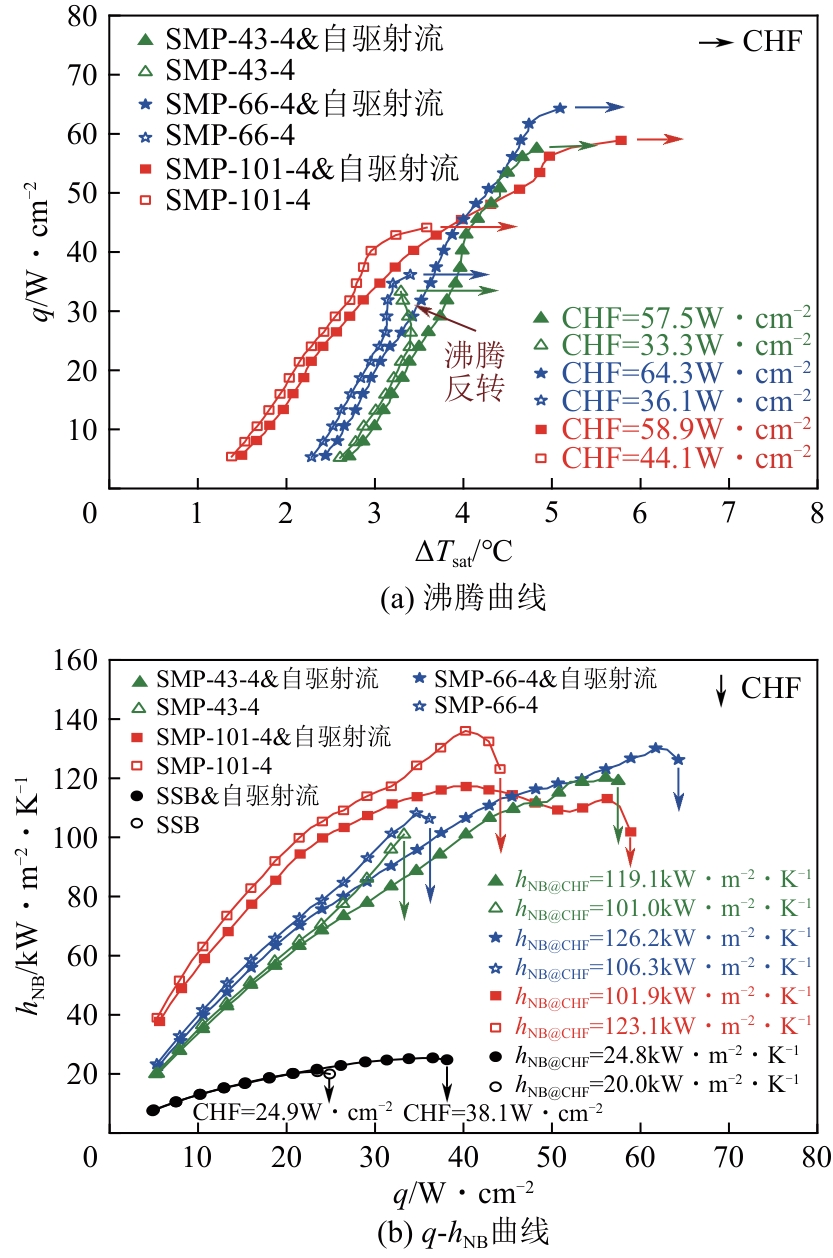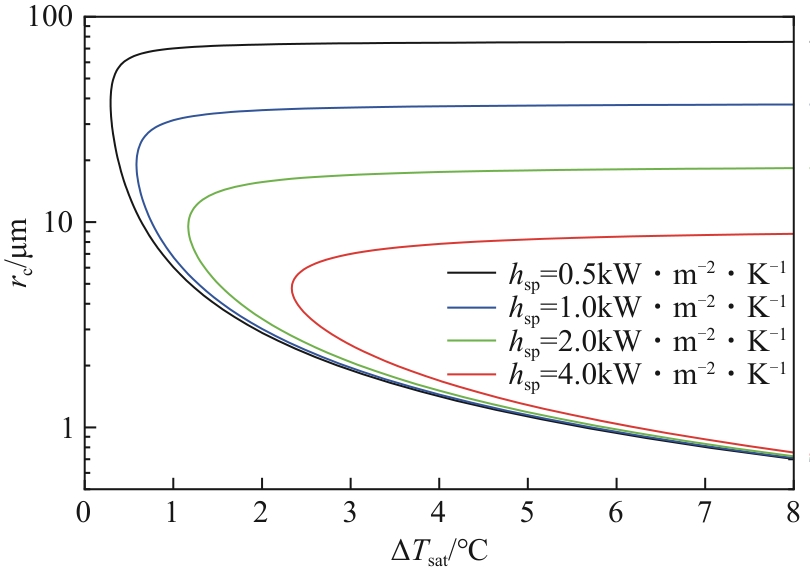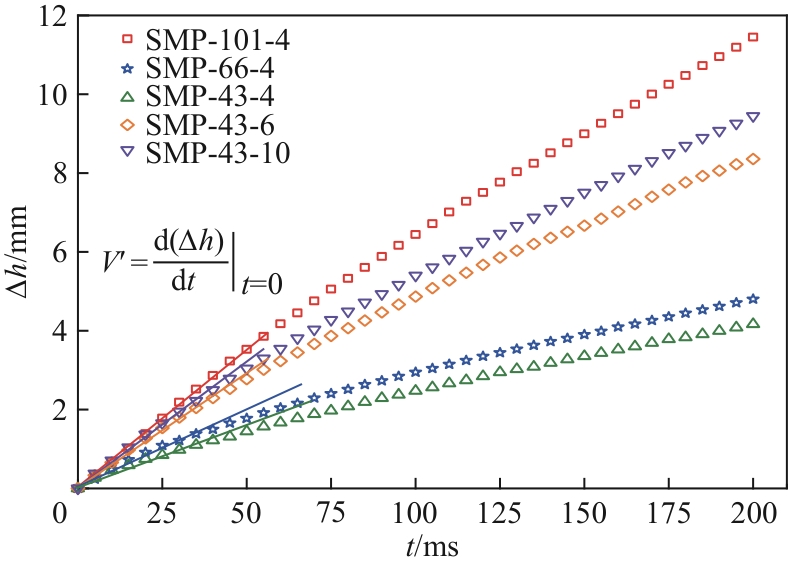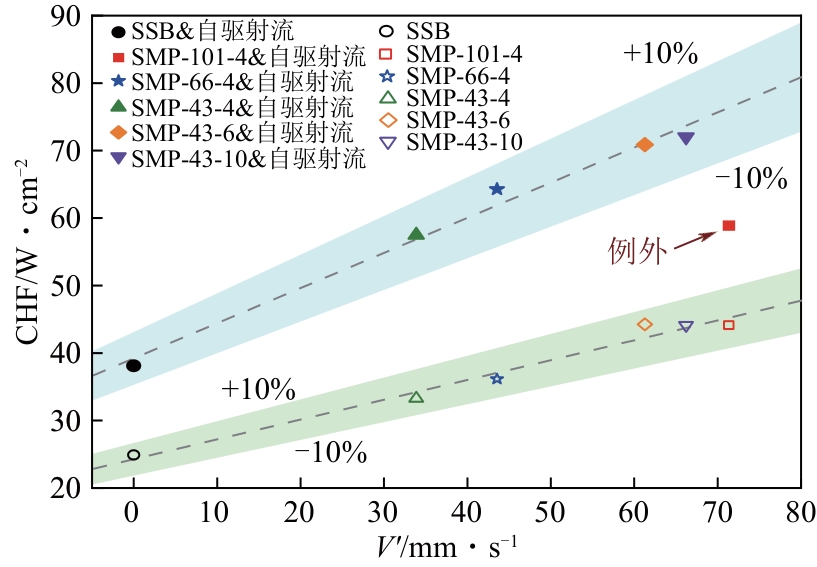| 1 |
ANDERSON T M, MUDAWAR I. Microelectronic cooling by enhanced pool boiling of a dielectric fluorocarbon liquid[J]. ASME Journal of Heat and Mass Transfer, 1989, 111(3): 752-759.
|
| 2 |
MUDAWAR I, ANDERSON T M. Parametric investigation into the effects of pressure, subcooling, surface augmentation and choice of coolant on pool boiling in the design of cooling systems for high-power-density electronic chips[J]. ASME Journal of Electronic Packaging, 1990, 112(4): 375-382.
|
| 3 |
MUDAWAR I, ANDERSON T M. Optimization of enhanced surfaces for high flux chip cooling by pool boiling[J]. ASME Journal of Electronic Packaging, 1993, 115(1): 89-100.
|
| 4 |
LIANG Gangtao, MUDAWAR Issam. Review of pool boiling enhancement by surface modification[J]. International Journal of Heat and Mass Transfer, 2019, 128: 892-933.
|
| 5 |
SAJJAD Uzair, SADEGHIANJAHROMI Ali, Hafiz Muhammad ALI, et al. Enhanced pool boiling of dielectric and highly wetting liquids—A review on enhancement mechanisms[J]. International Communications in Heat and Mass Transfer, 2020, 119: 104950.
|
| 6 |
THIAGARAJAN Suraj Joottu, YANG Ronggui, KING Charles, et al. Bubble dynamics and nucleate pool boiling heat transfer on microporous copper surfaces[J]. International Journal of Heat and Mass Transfer, 2015, 89: 1297-1315.
|
| 7 |
XU Jinyang, HONG Fangjun, ZHANG Chaoyang. Experimental investigation on self-induced jet impingement boiling using R1336mzz(Z)[J]. International Journal of Heat and Mass Transfer, 2024, 220: 124963.
|
| 8 |
SARANGI SUCHISMITA, WEIBEL JUSTIN A, GARIMELLA SURESH V. Effect of particle morphology on pool boiling from surfaces coated with sintered particles[C]//Proceedings of ASME 2015 International Mechanical Engineering Congress and Exposition. Houston, 2015: 13-19.
|
| 9 |
WEBB Ralph. Nucleate boiling on porous coated surfaces[J]. Heat Transfer Engineering, 1981, 4(3): 71-82.
|
| 10 |
ZHOU Jie, LIU Bin, QI Baojin, et al. Experimental investigations of bubble behaviors and heat transfer performance on micro/nanostructure surfaces[J]. International Journal of Thermal Sciences, 2019, 135: 133-147.
|
| 11 |
Matic MOŽE, Matevž ZUPANČIČ, Iztok GOLOBIČ. Investigation of the scatter in reported pool boiling CHF measurements including analysis of heat flux and measurement uncertainty evaluation methodology[J]. Applied Thermal Engineering, 2020, 169: 114938.
|
| 12 |
EL-GENK Mohamed S, POURGHASEMI Mahyar. Experimental investigation of saturation boiling of HFE-7000 dielectric liquid on rough copper surfaces[J]. Thermal Science and Engineering Progress, 2020, 15: 100428.
|
| 13 |
KANDLIKAR Satish G. A theoretical model to predict pool boiling CHF incorporating effects of contact angle and orientation[J]. Journal of Heat Transfer, 2001, 123(6): 1071-1079.
|
| 14 |
LIANG Gangtao, MUDAWAR Issam. Pool boiling critical heat flux (CHF)—Part 2: Assessment of models and correlations[J]. International Journal of Heat and Mass Transfer, 2018, 117: 1368-1383.
|
| 15 |
HSU Y Y. On the size range of active nucleation cavities on a heating surface[J]. Journal of Heat Transfer, 1962, 84(3): 207-213.
|
| 16 |
LIU Bin, LIU Jie, ZHOU Jie, et al. Experimental study of subcooled boiling pool heat transfer and its “hook back” phenomenon on micro/nanostructured surfaces[J]. International Communications in Heat and Mass Transfer, 2019, 100: 73-82.
|
| 17 |
JAIKUMAR A, KANDLIKAR S G. Pool boiling enhancement through bubble induced convective liquid flow in feeder microchannels[J]. Applied Physics Letters, 2016, 108(4): 041604.
|
| 18 |
CAREY Van P. Liquid-vapor phase-change phenomena: An introduction to the thermophysics of vaporization and condensation processes in heat transfer equipment[M]. 2nd Ed. Boca Raton: CRC Press, 2018.
|
| 19 |
JI Xinyu, MA Xiang, YANG Xiaoping, et al. Jet array impingement boiling in compact space for high heat flux cooling[J]. Applied Thermal Engineering, 2023, 219: 119538.
|
| 20 |
LIU Yi, TANG Jiaqi, LI Linxuan, et al. Design of cassie-wetting nucleation sites in pool boiling[J]. International Journal of Heat and Mass Transfer, 2019, 132: 25-33.
|
| 21 |
TANG Heng, TANG Yong, YUAN Wei, et al. Fabrication and capillary characterization of axially micro-grooved wicks for aluminium flat-plate heat pipes[J]. Applied Thermal Engineering, 2018, 129: 907-915.
|
| 22 |
KAVIANY M. Principles of heat transfer in porous media[M]. 2nd Ed. New York: Springer New York, 1995.
|
| 23 |
Md Mahamudur Rahman, RIDWAN Shakerur, FEHLINGER Donald, et al. Wicking enhanced critical heat flux for highly wetting fluids on structured surfaces[J]. Langmuir, 2020, 36(32): 9643-9648.
|
| 24 |
CAO Zhen, LIU Bin, PREGER Calle, et al. Nanoparticle-assisted pool boiling heat transfer on micro-pin-fin surfaces[J]. Langmuir, 2021, 37(3): 1089-1101.
|
 ), HONG Fangjun1(
), HONG Fangjun1( ), ZHANG Chaoyang2
), ZHANG Chaoyang2
